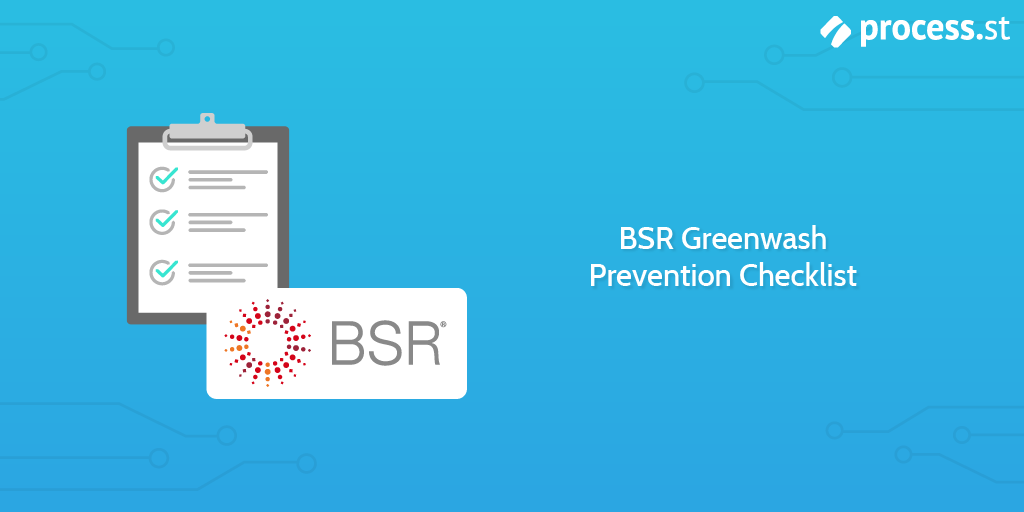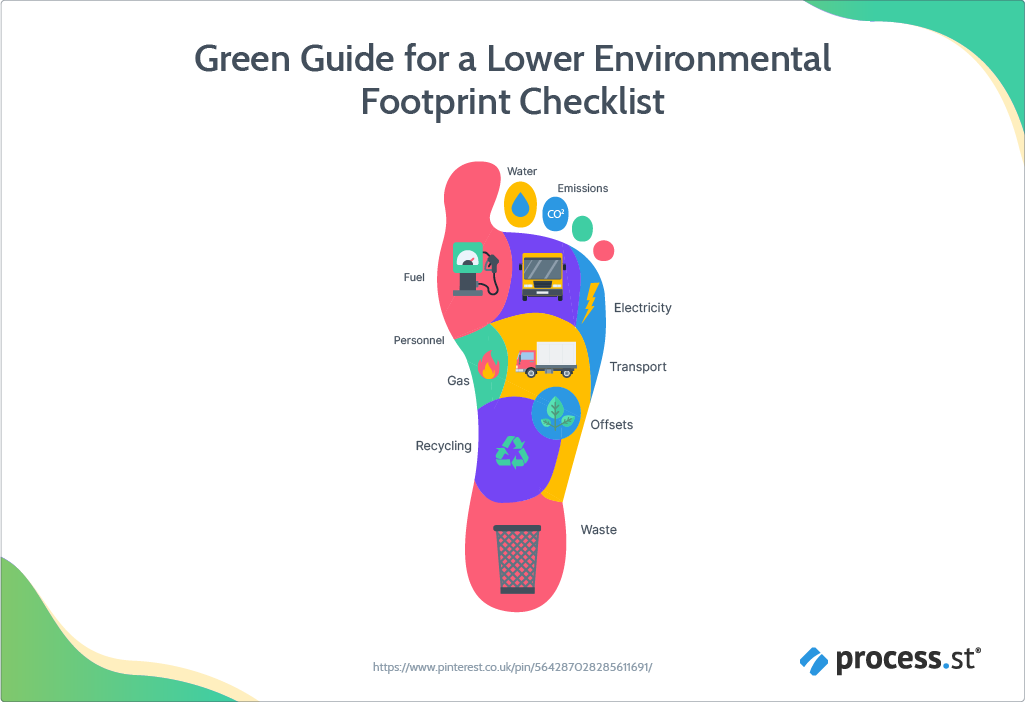Follow our BSR Greenwash Prevention Checklist to access whether you are communicating your environmental efforts honestly and effectively.
Greenwash is:
"disinformation disseminated by an organization so as to present an environmentally responsible public image." - Lexico, Greenwash Definition
According to a 2009 Edelman study, looking at more than 20 countries, global trust in business is low and decreasing. For instance, trust in business advertisements is down from 30% to 13%.
Greenwashing is a marketing tactic and a contributor to this declined trust. Consumers are becoming all too wary of false claims. No one likes to be deceived, and to deceive is unethical. But greenwash is more than a question of ethics. Greenwash is dangerous.
How?
Greenwash covers up questionable practices, making it difficult to hold perpetrators of environmental damage accountable. In our current ecological crisis, this will impact us all at some point down the line.
This checklist has been designed from the guidelines set by Business for Social Responsibility (BSR). Each step guides you through the evaluation of our own marketing activities ensuring they are inline, honest and accurate to your environmental efforts.
As a disclosure, it must be noted that this checklist will not guarantee greenwash prevention, merely it will set key benchmarks to help you prevent greenwash in your business.
How to use this checklist
At the beginning of this checklist, you will be presented with a set of specialized questions. Each question is split into 3 target areas:
- Impact
- Alignment
- Communication
The questions require simple yes and no responses. You are presented with a drop-down menu to select your response. Using our long-text form field, you can add notes for each response if further information/response detail is needed. All notes will be compiled into your final report.
At the end of this checklist, you will be presented with a final report. This report will detail all of your responses. Your final review is then sent for review to your supervisor.
On review, your supervisor will decide whether to reject the initiative as greenwash or accept the initiative using Process Street's approvals feature. Other features used in this template include:
- Stop tasks - to ensure task order
- Dynamic due dates - To make sure your initiative is reviewed on time
- Role assignment - to delegate tasks within your tea, ensuring your supervisors is appropriately assigned to the review tasks
- Conditional logic - to tailor the checklist to your specific circumstance










